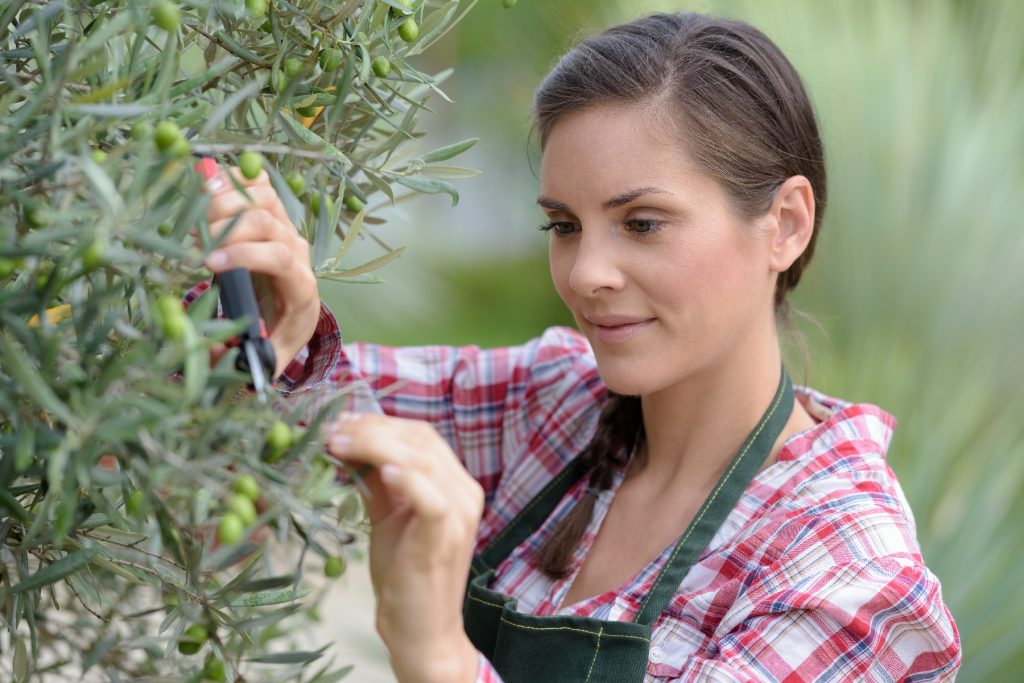Trees are more than just a part of nature; they are assets, both economically and non-economically, to our properties. For these reasons and more, it is vital to do everything you can to ensure your landscaping trees are healthy and protected. There are various aspects of year-round tree care, from mulching and fertilizing, to watering, trimming, cabling, bracing, pest control, and root feeding. But out of all the efforts you can make for your landscaping trees, it is important to never neglect their need to be pruned. Confused?
Continue reading to review some of the most frequently asked questions about pruning.

What are the Benefits of Tree Pruning?
Tree health and personal safety are basically the umbrella benefits of tree pruning. When it comes to safety, tree pruning can prevent hazardous obstructions, falling tree limbs, and more. As for tree health, pruning promotes new, strong growth, which gives trees more strength and durability, as well as, a robust development of foliage in the spring.
One way pruning achieves these benefits is by allowing for more air flow and sunlight throughout the canopy, which gives trees more energy and even abates pest problems. In the case of wounded branches or limbs, tree pruning will encourage faster healing and sealing of the affected area.
What is the Difference Between Tree Pruning and Trimming?
Although trimming and pruning serve the same functions and are often performed with similar techniques, they are different from one another. Trimming is an aesthetic practice mostly reserved for shrubs and hedges, such as arborvitaes, deciduous shrubs, and more. Pruning is a strategic practice geared more towards removing certain branches and limbs for the purpose of strengthening. Regardless of their technical differences, the terms are often used interchangeably in the tree service industry.
When Should Trees Be Pruned?
The best time to prune trees is while they are still dormant. Just before spring or winter are the standard tree pruning windows. If your trees bloom flowers, they should be pruned when their flowers go away in the fall. If your trees bloom in mid-to-late summer, they should be pruned in late winter or early spring. See our blog, “Residential Tree Pruning Tips” for advice on pruning trees in the winter, spring, summer, and fall.
How Often Should I Prune My Trees?
Trees do not have to be pruned every year since they all grow at different rates, but some do. For instance, fruit trees are best pruned annually, while conifers can make it every other year or so before a pruning. Furthermore, various factors influence the frequency of pruning, including a tree’s type, size and health. The best way to know how often to prune your trees is to talk to a licensed tree service contractor for personalized tree pruning advice.
How Do I Prune Trees?
Improper tree pruning can kill a tree. For this reason, it is strongly encouraged to hire a licensed and insured tree service company for professional pruning services. Always ask your tree service provider if they adhere to the ANSI A300 industry pruning standards to ensure they are a reputable and skilled company.
✨ Stay tuned for our next blog this month about the most common methods of tree pruning, which include canopy thinning, crown raising, and crown reduction!
Where Can I Get Affordable Tree Pruning in Fishers?
Call 317-537-9770 for professional Fishers tree pruning you can trust. We are highly trained and experienced tree care contractors that offer a wide range of residential and commercial tree services at the most competitive prices in Hamilton County! We also offer tree service coupons and discounts! Request a free estimate or information, today.

